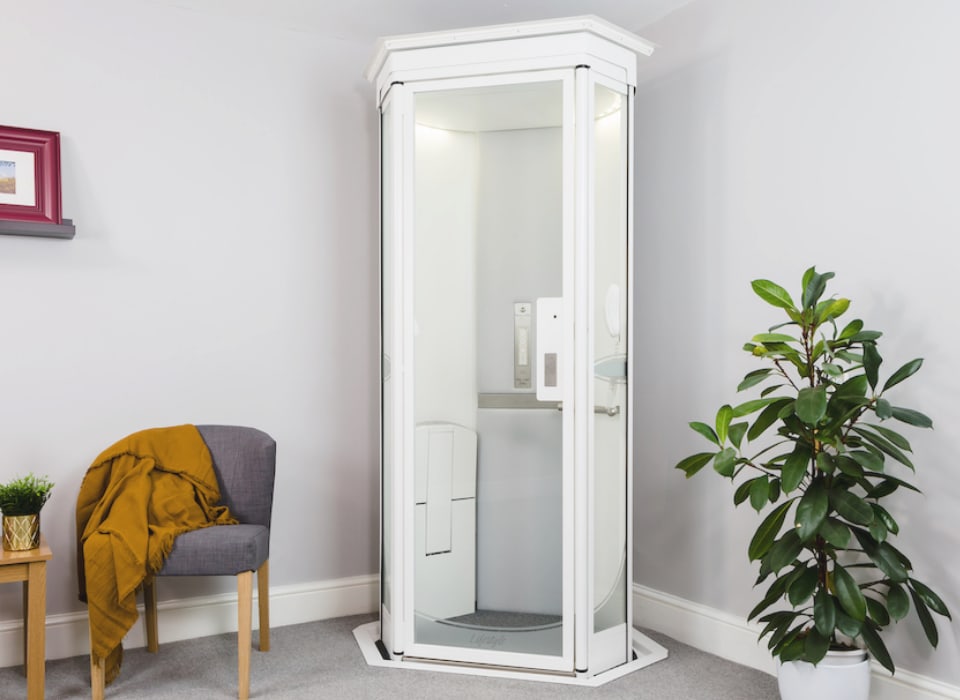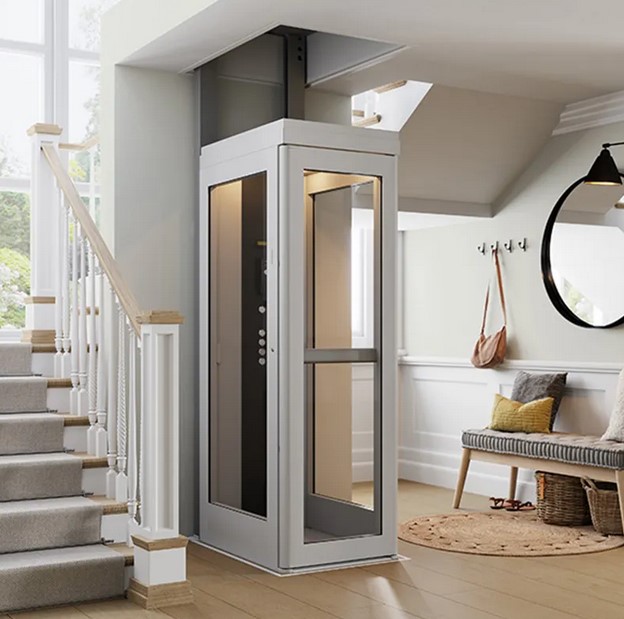Affordable Lift Repair Near Me: Expert Specialists at Your Service
Diving Into the World of Elevators: Typical Issues Encountered by Different Lift Mechanisms
As we browse through the upright transport systems of modern-day buildings, lifts stick out as an important component of our everyday lives. However, behind their smooth operation exists a world of complex mechanisms that can occasionally experience obstacles. From hydraulic elevators to grip systems and machine-room-less layouts, each lift kind includes its collection of typical issues. Understanding these challenges is crucial for making sure the smooth functioning of these vital systems. Allow's explore the complexities that underlie the procedure of elevators and the potential issues that can occur, dropping light on the complex web of lift devices.
Hydraulic Lifts
Hydraulic lifts, frequently liked for low-rise structures, use fluid stress to regulate the activity of the elevator auto (lift repair companies). This device entails a hydraulic pump pressing oil into a cylinder, triggering the lift to relocate in the preferred instructions. While hydraulic elevators are known for their smooth and quiet procedure, they do feature their own set of common issues
One common problem with hydraulic lifts is oil leakage. In addition, problems with the control system, such as faulty shutoffs or a malfunctioning pump, can create disruptions in the lift's activity.
Normal maintenance and timely repair work are important to make certain the smooth performance of hydraulic elevators. By addressing these usual problems proactively, structure owners can decrease downtime and ensure the safety and security and performance of their upright transportation system.
Traction Lifts
When considering vertical transport systems in buildings, an additional common kind other than hydraulic lifts is the traction lift. Grip elevators run using a system of ropes and counterweights that relocate the elevator car by clutching onto the hoist ropes. This system permits smoother and much faster upright transportation compared to hydraulic systems.
Among the common concerns dealt with by grip elevators is rope wear. The consistent movement of the ropes within the traction system can bring about deterioration with time, possibly causing the lift to breakdown or come to be risky for usage. Regular assessments and upkeep of the ropes are necessary to guarantee the lift's appropriate performance and safety.
An additional issue that traction lifts might experience is associated with the control system. Issues with the control system can result in problems such as unpredictable activity, hold-ups in reaction times, or also complete closures. Routine screening and upkeep of the control system are crucial to protect against such issues and make sure the elevator's reliability.
Machine-Room-Less (MRL) Elevators

One of the key parts of MRL elevators is the portable gearless traction machine that is mounted within the hoistway. This machine effectively drives the lift automobile without the need for bulky devices discovered in traditional traction lifts. In addition, MRL elevators commonly utilize a weight system to stabilize the automobile, more enhancing their energy performance.
Regardless of their advantages, MRL elevators may encounter challenges connected to repair and maintenance because of the constrained room for tools installment. Availability for servicing parts within the shaft can be limited, requiring specialized training for service technicians. Proper maintenance schedules why not try these out and routine inspections are essential to make sure the ongoing smooth procedure of MRL lifts.
Overloading and Weight Restriction Issues
Are lifts equipped to deal with excess weight loads efficiently and safely? Overloading and weight limit concerns are important problems in elevator operations. Elevator producers style raises with certain weight capabilities to make sure traveler security and devices durability. Surpassing these weight limitations can cause different problems, including mechanical failures, delays, and safety and security threats.
When elevators are overloaded, it places excessive pressure on the electric motor, wires, and other components, possibly causing breakdowns or break downs. If they discover excess weight, safety systems such as sensing units and overload sensing units are in location to avoid elevators from relocating. Additionally, going beyond weight limits can bring about boosted energy intake and damage on the elevator system.
To minimize straining problems, building managers need to prominently show weight limits in lifts and enlighten occupants on the value of adhering to these constraints - lift repair companies. Regular maintenance checks by qualified service technicians can also assist make certain that elevators are operating within safe weight specifications. By addressing overloading and weight limitation concerns proactively, structure owners can boost lift safety and performance
Electric System Failings
Exceeding weight limits in lifts can not just lead to mechanical issues however likewise possibly contribute to electric system failings within the lift facilities. Electric system failures are a vital worry in lift operation, as they can create unexpected closures, malfunctions, or also safety and security hazards.
In addition, power surges or variations in the electrical supply can additionally interfere with the elevator's operation, influencing its performance and security. These electrical disruptions can harm delicate elevator components such as control panels, motherboard, or sensing units, causing system failures. Routine upkeep and evaluations are important to identify and resolve prospective electrical concerns immediately, making certain the reliable and safe procedure of elevator systems. By sticking to weight limitations and conducting regular electrical system checks, structure owners can alleviate the risk of electric failures in lifts.
Verdict

Hydraulic lifts, commonly chosen for low-rise structures, utilize fluid stress to control the activity of the elevator vehicle.When taking into consideration upright transport systems in buildings, an additional typical type aside from hydraulic lifts is the grip elevator. Grip lifts operate utilizing a system of ropes and counterweights that move the elevator auto by clutching onto the hoist ropes. Unlike conventional lifts that need a separate maker area to house the equipment, MRL elevators integrate many of the components within the shaft, removing the requirement for a dedicated machine area.In final thought, lifts face common concerns such as hydraulic breakdowns, find here grip system failures, and electrical system issues.